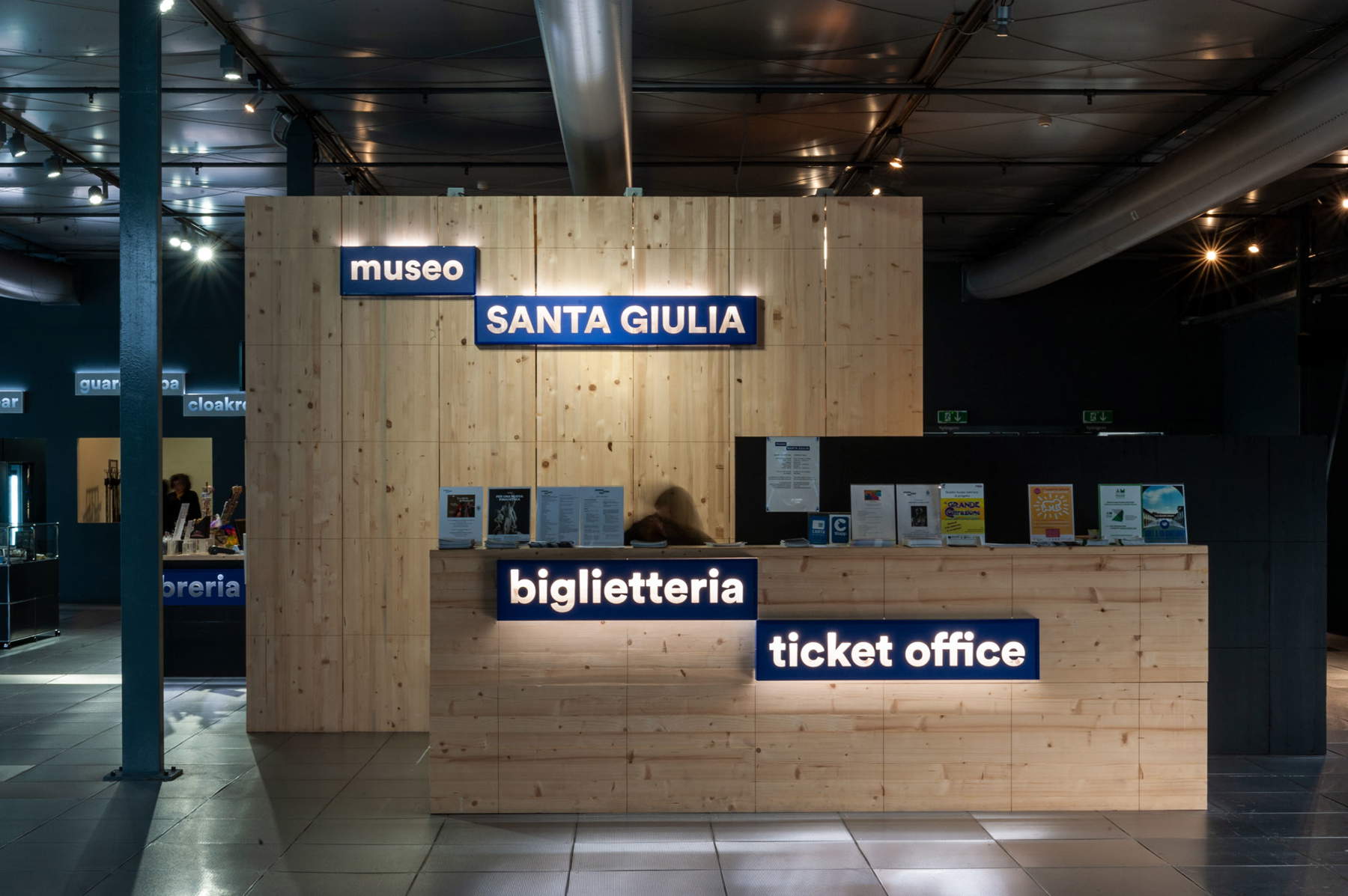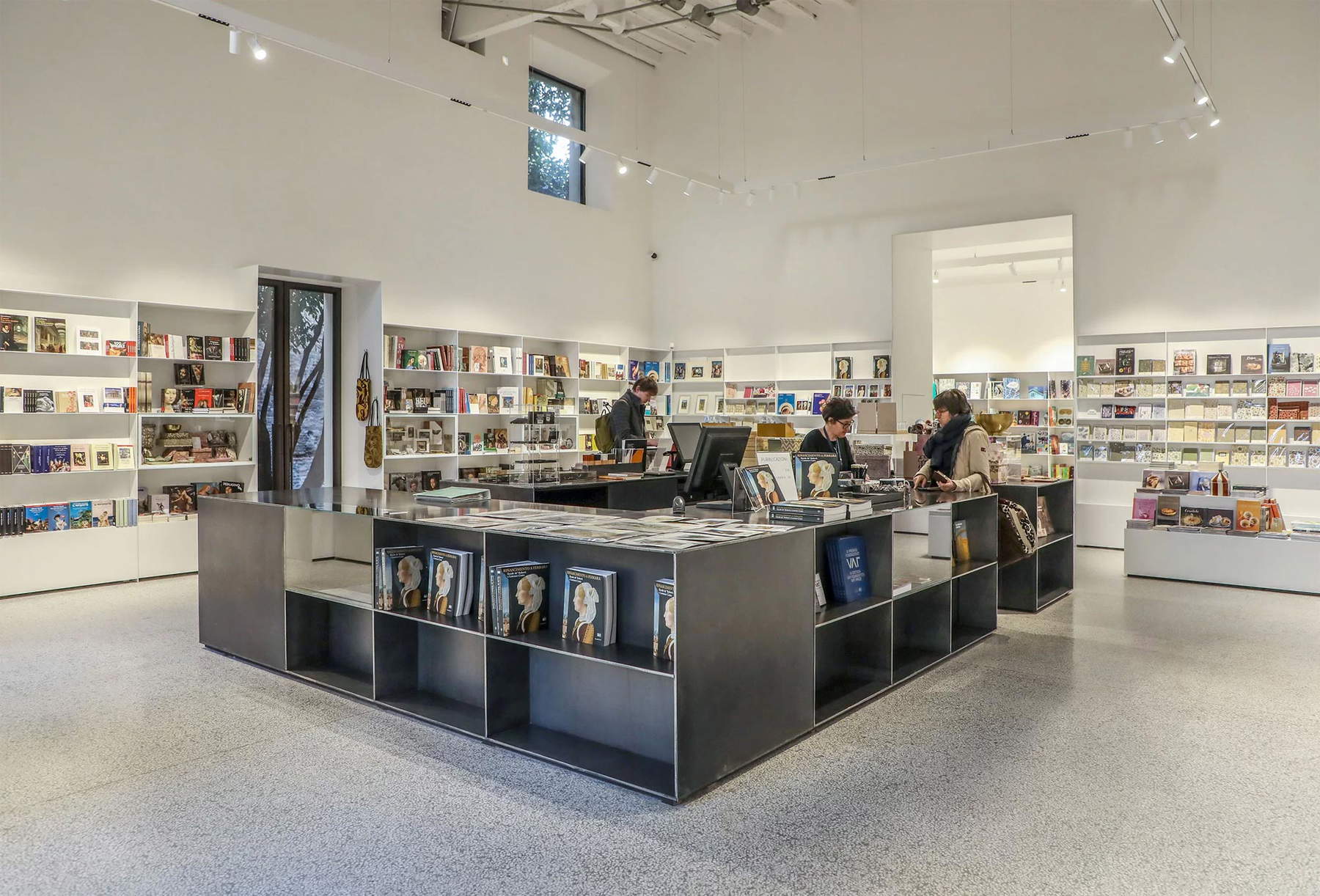The economic sustainability of museums: sustainable growth starts with numbers
Economic sustainability is a fundamental dimension for culture-producing facilities that must be put in a position to fulfill their promises, to fulfill their being a public service and to pursue purposes of general interest (common good). Economically sustainable management combined with high quality research and scholarly production (exhibitions and publication production), and expanded enjoyment related to the “new” functions of the museum, must be unavoidable goals to safeguard all degrees of sustainability and increase public loyalty. Economic sustainability, social responsibility and environmental sustainability go hand in hand in that the more a museum facility succeeds in intercepting, recovering and utilizing economic resources the more it extends the scope of public benefit actions.
At a time in history when individuals need to regain existential reference points, emerge from states of stress and anxiety, confront new identities, and relive culture in increasingly inclusive, interactive, experiential, and subjective contexts that produce psycho-physical pleasure, the museum becomes an enterprise that serves people. Recognizing the economic value of cultural heritage means becoming aware that it can bring together within the structure that houses them processes of well-being and satisfaction of the new needs of audiences, and acting toward these goals in a way that gets the most out of its means. Profit remains, however, the main factor in any economic model related to sustainable growth. Profit, which in the case of a museum will be fully re-invested in its own initiatives, will have the same value as inclusion, social welfare and ecological awareness transmitted. Therefore, visitors to a museum become, at the same time, protagonists, fundamental resources and existential users (shared lifestyle)1.

The effectiveness and efficiency of virtuous museum management is important because it is linked in a double thread with the enhancement and use, by the general public, of cultural heritage through modes more in line with the needs of the “here and now.” Facilities that produce culture are called upon to adopt tools and management models derived from the business world when defining strategies and organizational structures. And it is precisely in change that a more judicious economic and financial approach, if conscious, can make a difference; in fact, we cannot forget that:
-
people’s needs have changed: the museum enters the market of their leisure time;
-
the needs and habits of tourists have changed;
-
the visitor is at the center of every cultural offering: culture wants to enter people’s everyday life;
-
known, segmented and involved audiences become protagonists through tailor-made experiences. Goal: their retention;
-
the functions of museums have also increased in their having to enhance, in addition to tangible goods, intangible goods, the common good and the relational good;
-
ethical planning on the four degrees of sustainable growth has become paramount;
-
the ways in which to design temporary exhibitions and collateral events have changed;
-
the skills required of the management board have increased;
-
relationships with universities and schools of all levels have evolved;
-
the connection with digital worlds and innovation has become increasingly functional and in line with the museum’s goals;
-
the removal of architectural and social barriers has become a priority goal;
-
ways of opening up and interacting with the local area have changed.
In fact, museums must apply management governed by innovative strategies, economic plans and business models capable of generating revenue, which complement the resources made available by the public administration. Here are some of the ways to generate revenue:
-
tickets and subscriptions;
-
facility management with direct or indirect management (restaurant, cafeteria, bookshop, giftshop, event space). Facilities are not only an opportunity for museum visitors, but real independent proposals to attract audiences with themed proposals and build their loyalty with “special packages.”
-
paid side events (guided tours with theatrical performance, themed interdisciplinary performances, themed dinners with theatrical performances, workshops, etc.);
-
corporate fundraising (partnerships with private companies);
-
Art Bonus: a tax break affecting citizens, entities and businesses that support, through liberal donations, Italy’s cultural heritage by obtaining, in return, a tax credit equal to 65% of the amount donated;
-
community projects and public calls for proposals;
-
loan of works;
-
voluntary contributions (donations) and associative forms (Friends of the Museum);
-
partnerships with public and private entities in the area for projects related to slow and sustainable tourism (the museum becomes a destination)2;
-
sponsorships and technical sponsorships.
The difficulty of museums in fulfilling their functions and missions solely with public money has meant that the museum institution has moved closer to a management not far from that of any private enterprise-keeping consistent with its cultural, ethical and social goals., carrying out with precise strategies an activity aimed at intercepting new forms of funding, positioning itself as a structure that delivers emotional, experiential and strategic benefits in the three target markets (Public Administration/sustainable tourism, general public and private enterprises). Public Administrations, which until a few years ago were responsible for financing almost the entire requirements of the museum institution, obtain from the museum what we might call socio-cultural legitimacy3 and excellent communication opportunities. A well-run museum attended by many people, preferably loyal ones, not only produces cultural, social and economic value, but also strengthens relations with the community, the media and local stakeholders and, in addition, improves internal relations by producing a positive action towards its human capital. The museum can turn into a kind of permanent tourist coordination station by becoming a destination and an active part of tour building proposals, a driving element of a museum system, a fundamental subject of a cultural cluster and an indispensable component of the business-culture-territory relationship by enhancing the economic value that culture produces.

In general, any public or private enterprise interested in growing its markets should equip itself with tools capable of measuring its performance in relation to the achievement of its goals, mission and sustainable growth. Assessments that, by focusing on strengths and weaknesses, would allow changes to be made to improve outcomes through more appropriate strategic choices. Measuring a museum’s performance, calculating its economic impact on the territory, is a complex process that cannot be concerned only with ticket sales; in fact, for a facility that produces culture, it will also be important to include its ability to profile, engage and retain audiences, its scientific and educational project, the value of its research projects (also by virtue of of university collaborations), its effectiveness towards casual visitors (tourists), the ways in which business plans are drawn up, business models in order to be able to achieve economic sustainability, the ability to use resources, and the ways in which it engages in dialogue with the local area (all publics, private businesses and stakeholders). Even the relationship with sustainable growth, which is increasingly crucial, will not be able to provide economic answers, direct or indirect, in a short time from the initial investment.
Studies of the economic impact of cultural activities still register a low diffusion in our country: only since the beginning of the new millennium is there a continuation of a conception that considers culture as an industry capable of generating GDP and employment4. The parameters to be defined in measuring the economic impact of a museum for the area are the audience segments surveyed, the time spent in the area, the predisposition and spending capacity of each segment, and the geographical area of reference to assess “potential additional spending.” Information from the local Chamber of Commerce will also be important in order to census establishments operating in the hospitality, catering, and retail sectors, i.e., the economic spheres in the target geographic area on which the museum produces spillovers. To measure the estimated expenditure produced, the “visitor survey” method can be used, which consists of a survey addressed to a sample of visitors on their daily spending, broken down by macro-chapter, assuming that visitors to a museum, once in town, also spend on the services and opportunities offered by the area.
Notes
1 B. Santoro, Thinking Sustainable. A beautiful enterprise, Milan, EGEA, 2018, p. 81.
2 M. Vanni, Tourism after Covid 19. The search for the meaning of life and the new scenarios on which to design, in D. Piraina - M. Vanni, The new museology: opportunities in uncertainty, Turin, CELID, 2020, p. 221.
3 F. Severino, Economics and marketing for culture, Franco Angeli, Milan, 2011, p. 76.
4 D. Mocchi, How to quantify the economic value of a museum for a territory, in M. Vanni, The museum becomes a business. Museum marketing for the break even of a place to live every day, Turin, Celid, 2018, p. 105.
Warning: the translation into English of the original Italian article was created using automatic tools. We undertake to review all articles, but we do not guarantee the total absence of inaccuracies in the translation due to the program. You can find the original by clicking on the ITA button. If you find any mistake,please contact us.




























